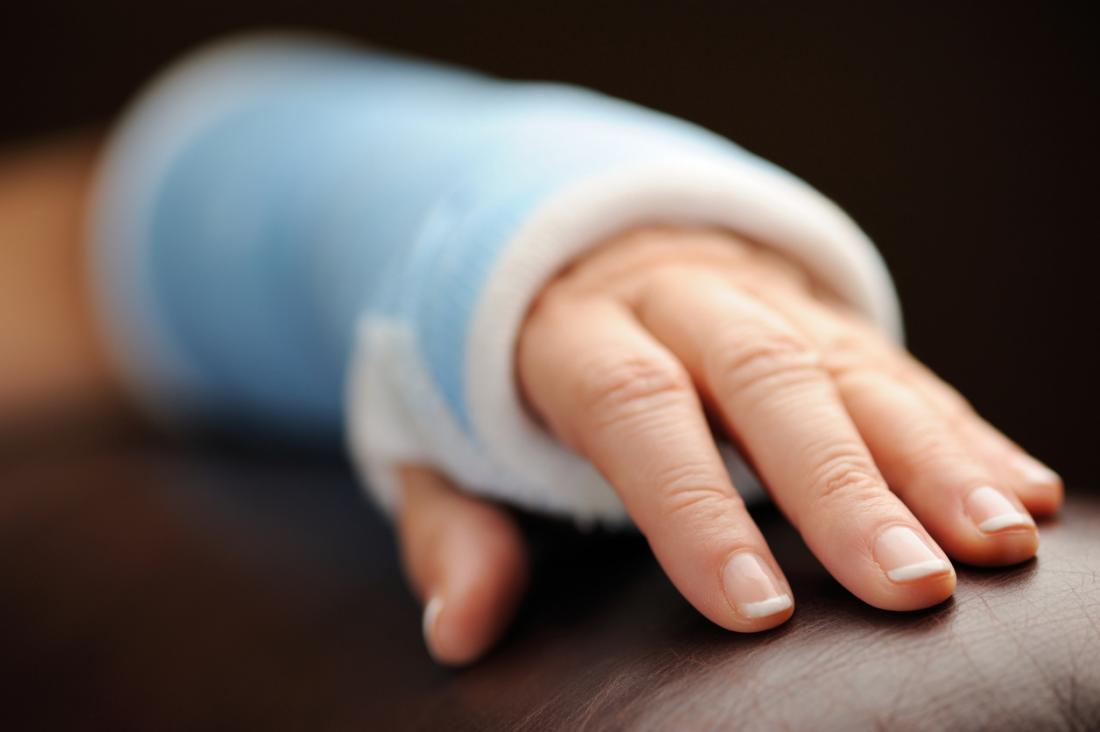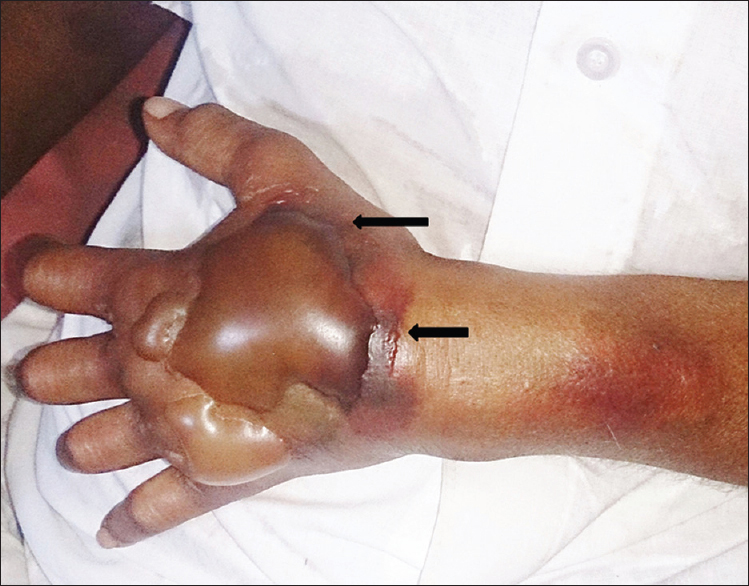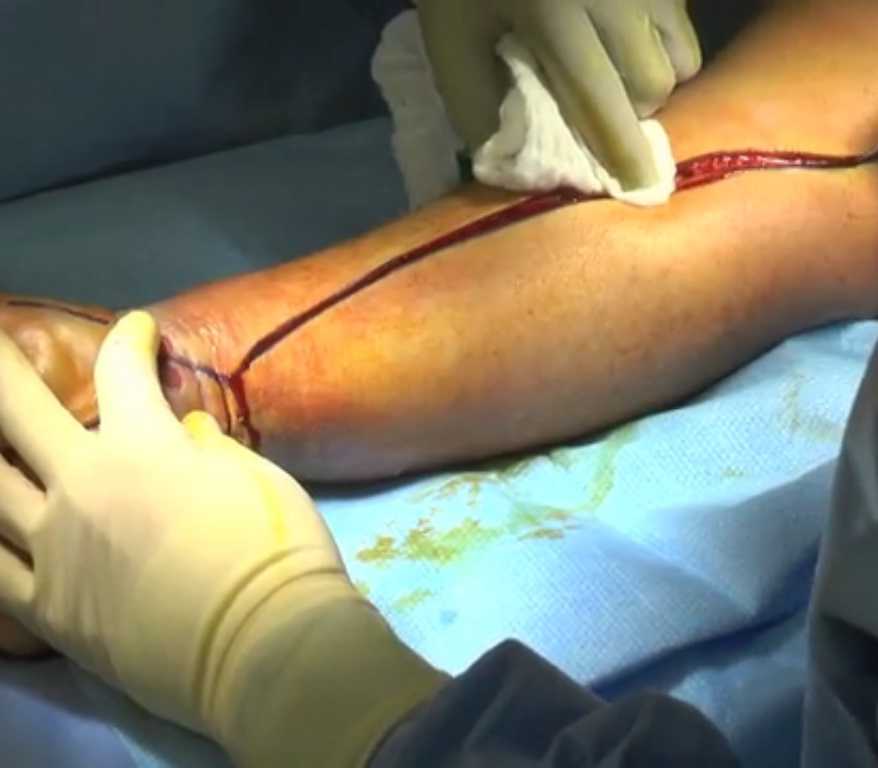Do you require any assistance? Simply reserve your appointment online below
Compartment Syndrome
Comprehensive orthopedic care for the entire family
Compartment syndrome occurs when excessive pressure builds up inside an enclosed muscle space in the body. It usually results from bleeding or swelling after an injury. The dangerously high pressure in compartment syndrome impedes the flow of blood to and from the affected tissues. It can be an emergency, requiring surgery to prevent permanent injury.
Groups of organs or muscles are organized into areas called compartments. Strong webs of connective tissue called fascia form the walls of these compartments.
After an injury, blood may accumulate in the compartment. The tough walls of fascia cannot easily expand, and compartment pressure rises, preventing adequate blood flow to tissues inside the compartment. Severe tissue damage can result, with loss of body function or even death.

Types of Compartment syndrome

Acute compartment syndrome. It occurs after you experience a major injury. For example, you may develop acute compartment syndrome: following a fracture, after an injury that crushes your arm , from wearing a cast or tight bandage and from heavy drinking or drug use.
Chronic (exertional) compartment syndrome Exercise, especially when it involves repetitive motion, can cause this form of compartment syndrome.
You’re more at risk for developing chronic compartment syndrome if you do activities such as swimming, playing tennis, or running. Intense or frequent workouts can also increase your risk.
Causes
A fracture.
A badly bruised muscle. This type of injury can occur when a motorcycle falls on the leg of the rider, or a football player is hit in the leg with another player’s helmet.
Reestablished blood flow after blocked circulation. This may occur after a surgeon repairs a damaged blood vessel that has been blocked for several hours. A blood vessel can also be blocked during sleep. Lying for too long in a position that blocks a blood vessel, then moving or waking up can cause this condition.
Most healthy people will naturally move when blood flow to a limb is blocked during sleep. The development of compartment syndrome in this manner usually occurs in people who are neurologically compromised. This can happen after severe intoxication with alcohol or other drugs.
Crush injuries.
Anabolic steroid use. Taking steroids is a possible factor in compartment syndrome.
Constricting bandages. Casts and tight bandages may lead to compartment syndrome. If symptoms of compartment syndrome develop, remove or loosen any constricting bandages. If you have a cast, contact your doctor immediately.
Signs of compartment Syndrome
Acute Compartment Syndrome. The classic sign is pain, especially when the muscle within the compartment is stretched.
- The pain is more intense than what would be expected from the injury itself. Using or stretching the involved muscles increases the pain.
- There may also be tingling or burning sensations (paresthesias) in the skin.
- The muscle may feel tight or full.
- Numbness or paralysis are late signs . They usually indicate permanent tissue injury.
Chronic (Exertional) Compartment Syndrome. It causes pain or cramping during exercise. This pain subsides when activity stops. It most often occurs in the leg.
Symptoms may also include: Numbness, Difficulty moving the foot and Visible muscle bulging

Diagnosis and Treatment of Compartment syndrome

Your doctor will give you a physical exam to check for signs . They may squeeze the injured area to determine the severity of your pain.
Your doctor may also use a pressure meter with a needle attached to measure how much pressure is in the compartment.
This measurement needs to be taken while you’re doing the activity that makes your leg or arm hurt. It will be taken again after you’ve finished.
Your doctor may take X-rays to rule out other conditions.
Acute compartment syndrome. Surgery is the only treatment option for this condition. The process involves cutting open the fascia to reduce the pressure in the compartment. In severe cases, your doctor will have to wait for the swelling to go down before closing the incision, and some of these wounds require skin grafting.
If you developed this condition because of a cast or tight bandage, the material will need to be removed or loosened.
Chronic compartment syndrome. Your doctor may recommend nonsurgical treatment methods first, including: physical therapy to stretch the muscle, anti-inflammatory medication, changing the type of surface you exercise on, performing low-impact activities as part of your exercise routine, elevating the extremity, resting after activity or modifying the activity, Icing the extremity after activity

You are in Great Hands
Long time complications
Acute compartment syndrome requires immediate medical attention to relieve pressure. Permanent damage to your muscles and nerves can develop within hours. This is a surgical emergency and could necessitate an amputation if not addressed immediately.

Chronic compartment syndrome isn’t considered an emergency, but you should let your doctor know if you’re experiencing any symptoms. Don’t try to exercise when you’re in pain, as this can cause permanent damage to your muscles, blood vessels, and nerves.
